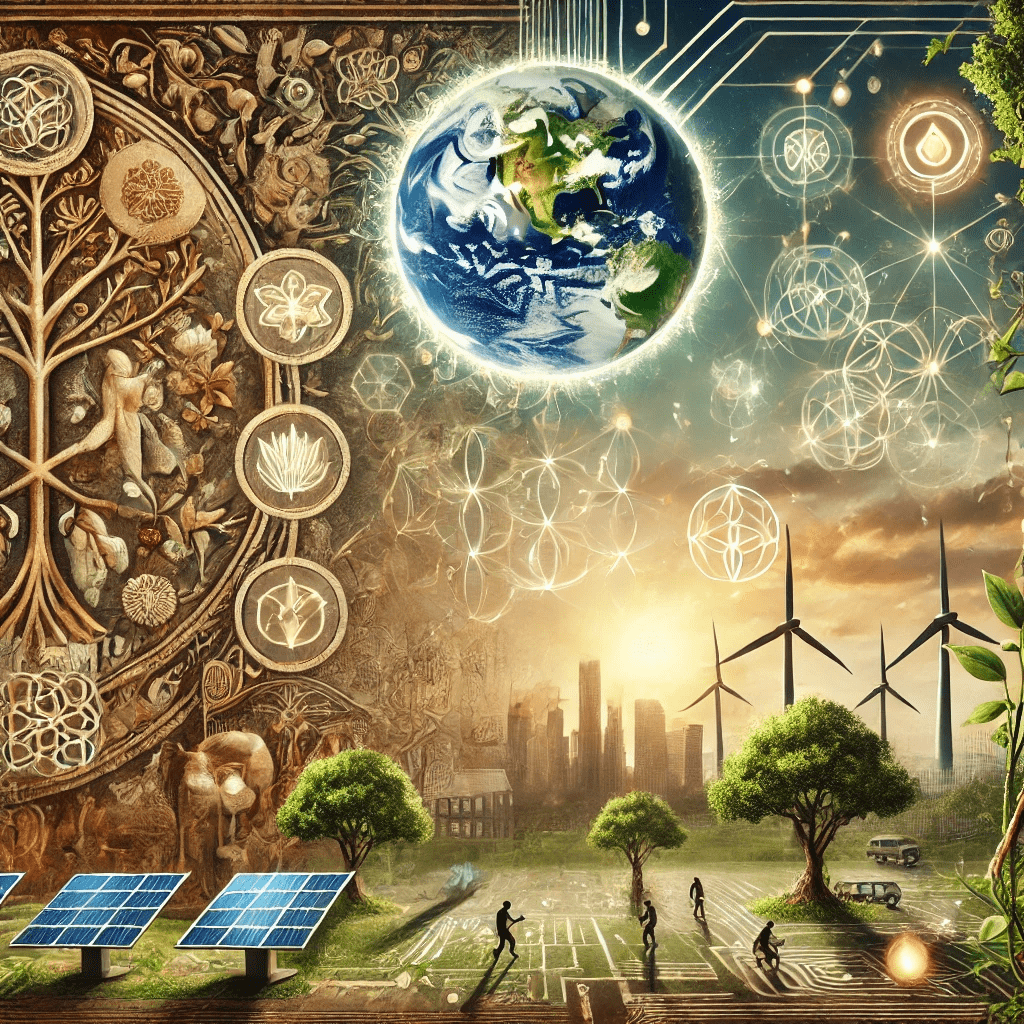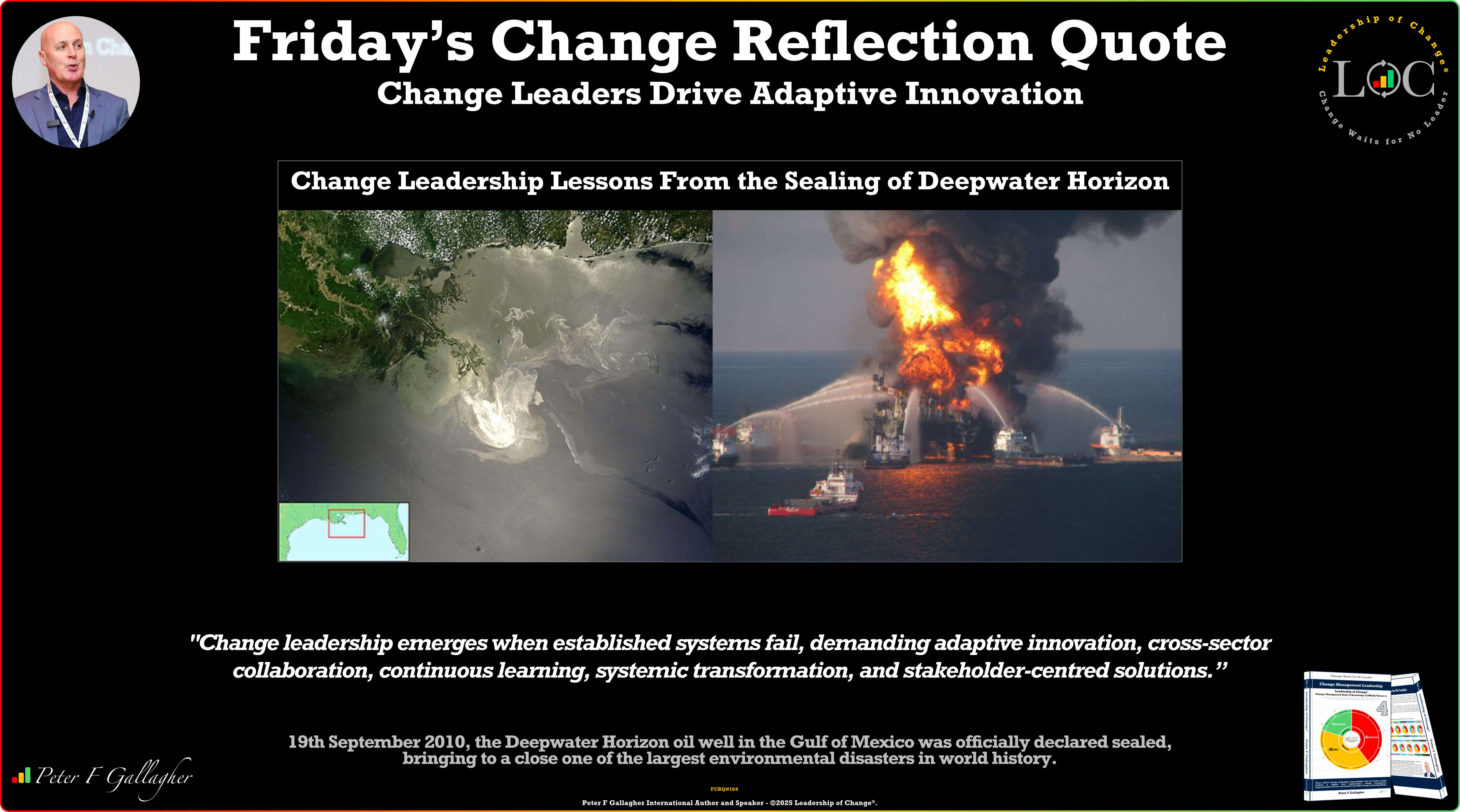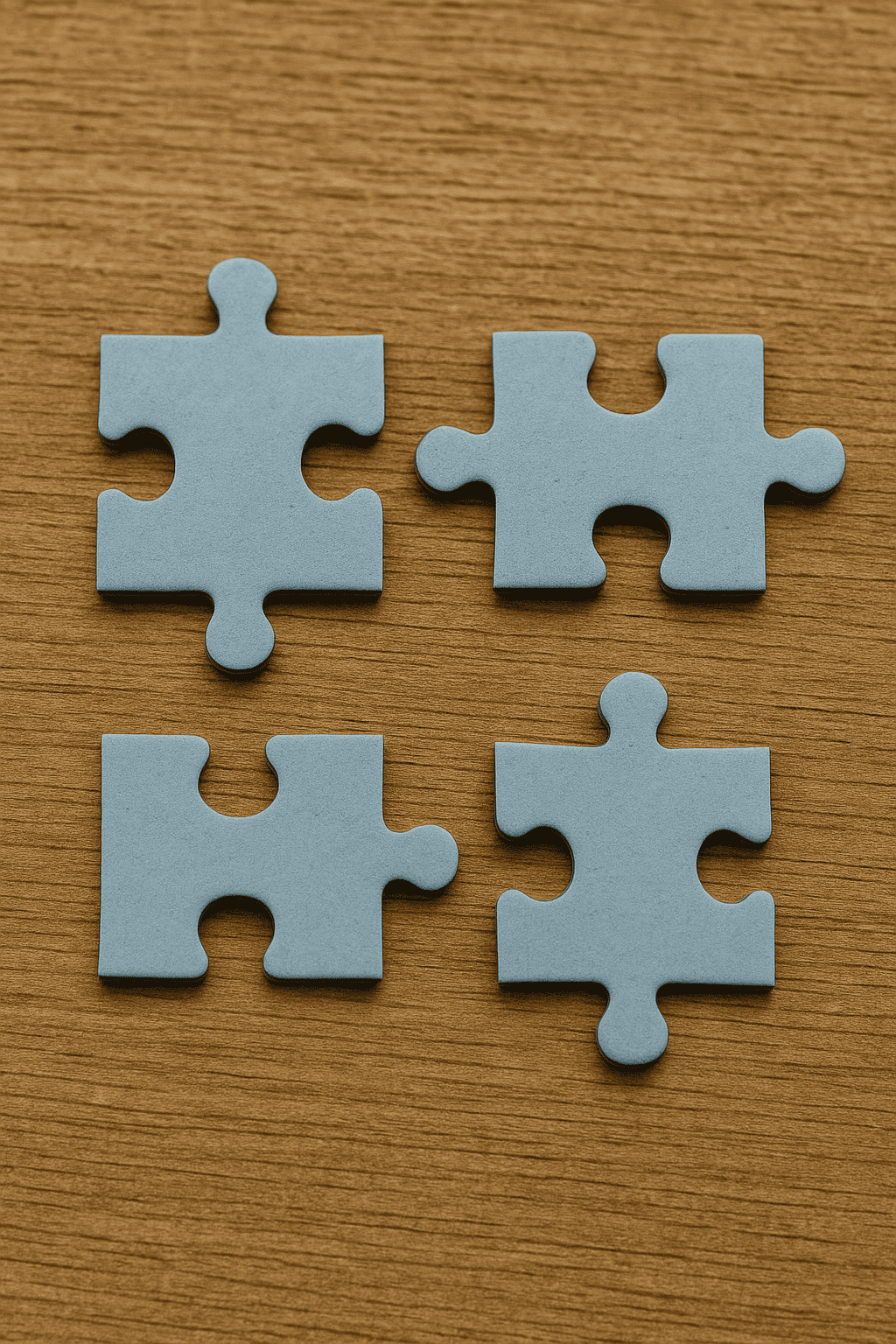Mar30

To integrate traditional wisdom with modern technology, we can envision a multi-layered approach grounded in the heart, the soil, and the circuit board. Here's a blend of insights drawn from ancient scriptures, scientific hypotheses, and practical innovation:
Ancient texts like the Vedas, Bhagavad Gita, and Tao Te Ching teach us about harmony with nature. Vedic mantras honoring Agni and the elements mirror today’s principles of energy conservation and ecological reverence.
By tuning into the rhythms of nature, we can design technologies that flow with the Earth’s cycles rather than disrupt them—like creating smart homes that adapt to natural light and temperature shifts.
Texts like the Torah, Bible, and Qur’an all underscore stewardship of the Earth and care for the community.
Reviving ancient practices of shared resources and mutual aid with today’s digital infrastructure can empower people to co-create resilient, interdependent communities.
In Consciousness: A Cosmic Phenomenon, Eva Déli describes emotions and thoughts as energetic flows, aligning with both quantum physics and spiritual traditions.
Modern neuroscience and AI can now help us map these inner landscapes, giving us tools to regulate, harmonize, and evolve our inner world in sync with our environment.
From The New Science by Wilbert B. Smith to Integral Relativity, we’re reminded that science and spirit are not separate—energy and awareness are one dance.
By acknowledging that data and intuition are equally valuable, we can design innovations that are not only intelligent but compassionate and conscious.
As Zen Benefiel notes in Navigating Holistic Growth and The Power of Partnering, conscious collaboration is the key to future civilizations.
Creating ecosystems of trust where every voice matters can unlock a new kind of innovation—one rooted in empathy, purpose, and collective wisdom.
By Zen Benefiel
Keywords: Digital Transformation, Innovation, Sustainability
 Friday’s Change Reflection Quote - Leadership of Change - Change Leaders Drive Adaptive Innovation
Friday’s Change Reflection Quote - Leadership of Change - Change Leaders Drive Adaptive Innovation The Corix Partners Friday Reading List - September 19, 2025
The Corix Partners Friday Reading List - September 19, 2025 The Hidden Trap of Transformation: Why “Solution Importing” Always Fails
The Hidden Trap of Transformation: Why “Solution Importing” Always Fails The Human Twilight and the Dawn of Intelligence: A Future Awaiting
The Human Twilight and the Dawn of Intelligence: A Future Awaiting The Electrification of Everything: Why Energy Transition Is Hard, and Why Delay Isn’t an Option
The Electrification of Everything: Why Energy Transition Is Hard, and Why Delay Isn’t an Option